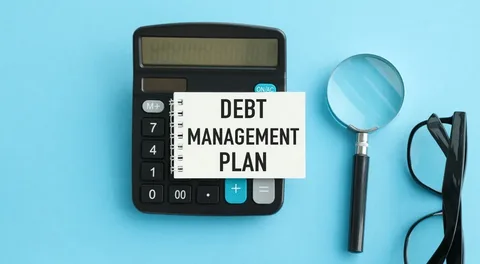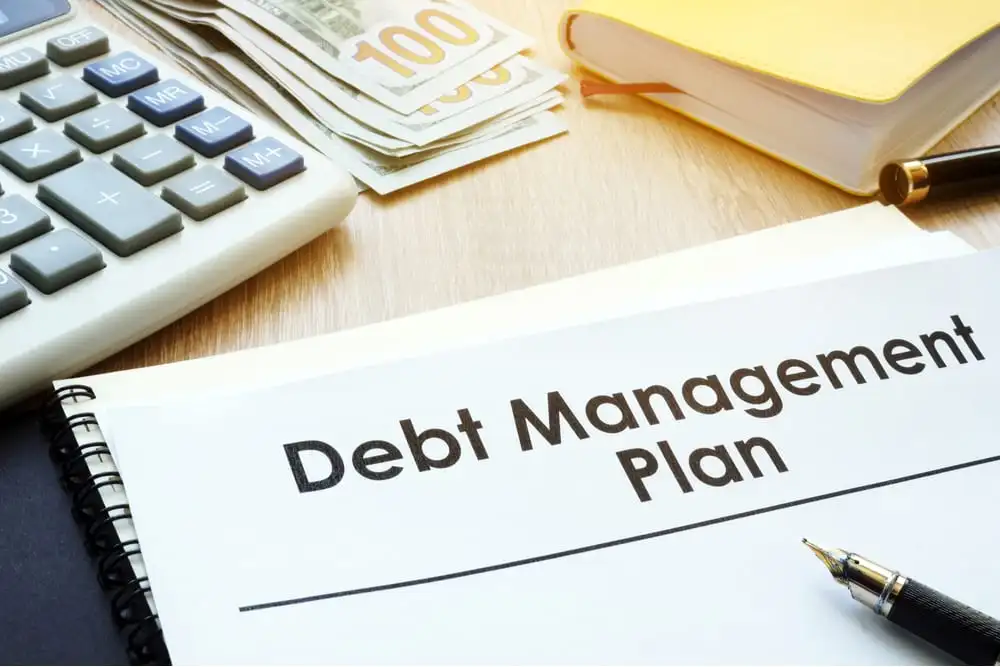“The first step towards getting somewhere is to decide you’re not going to stay where you are.” – J.P. Morgan
How Do I Create a Debt Management Plan?: Struggling with debt doesn’t mean you’ve failed—it means it’s time to take control. One of the most effective ways to do that is by creating a Debt Management Plan (DMP). Whether you’re juggling multiple credit cards or personal loans, a DMP can help you streamline repayments, reduce stress, and get back on track financially.
What Is a Debt Management Plan (DMP)?
A Debt Management Plan is a structured repayment plan designed to help you pay off unsecured debts—like credit cards or personal loans—through a single monthly payment. According to CNBC Select, a DMP lets you consolidate your payments and potentially secure lower interest rates through a credit counseling agency.
The Citizens Advice explains that while DMPs aren’t legally binding, they are a flexible and voluntary way to manage your debts. You can cancel anytime if your situation changes.

Steps to Create a Debt Management Plan
Creating an effective DMP involves more than just listing your debts. Here’s how you can start:
A. List All Debts and Prioritize
Begin by listing all your unsecured debts—credit cards, medical bills, personal loans—with their respective interest rates and outstanding balances. Prioritize high-interest debts first.
B. Analyze Your Monthly Budget
According to SettleLoan, your DMP must align with your income and expenses. Build a monthly budget to identify how much you can realistically allocate toward debt repayment without compromising essentials.
C. Work with a Credit Counseling Agency
Experian notes that professional agencies can negotiate lower interest rates and fees on your behalf. They act as intermediaries between you and your creditors.
D. Make Regular Payments
Stick to the payment schedule outlined in your DMP. Most plans take 3–5 years to complete. Hero FinCorp emphasizes that consistency is key—missing payments may lead to plan termination.
Final Thought
A well-structured debt management plan won’t just help you pay off your debts—it’ll give you peace of mind and a clear path to financial recovery. Take control now, and your future self will thank you
FAQ
How Do I Create A Debt Management Plan?
List your debts, review your budget, and either build your own plan or consult a credit counseling agency to structure repayments.
Will A DMP hurt My Credit Score?
Initially, it might dip slightly, but consistent payments can help improve your score over time.
Can I Include All Types Of Debt In A DMP?
No. Only unsecured debts like credit cards, personal loans, and medical bills are eligible.
Is There A Fee To Start A DMP?
Yes, as per Experian, fees can be around $33 upfront and $24 monthly, though some agencies may waive them based on your financial situation.
Can I Exit The Plan Early?
Yes, DMPs are voluntary and can be canceled at any time if needed.
What Happens If I Miss A Payment?
Missed payments can void the plan and affect any negotiated interest rate reductions.
Are Debt Settlement And DMPs The Same?
No. Debt settlement reduces the total amount owed, often harming your credit, while DMPs focus on full repayment under manageable terms.

